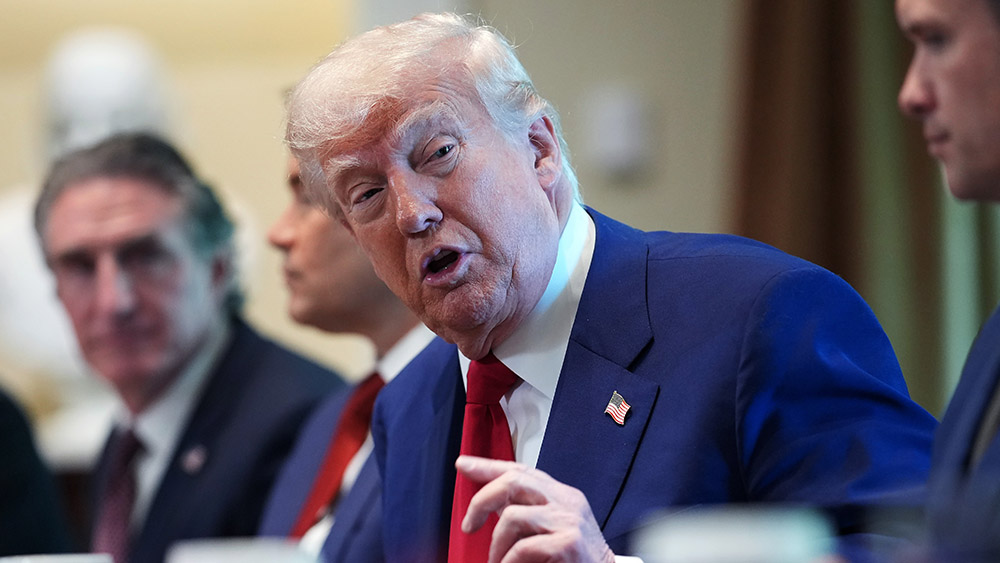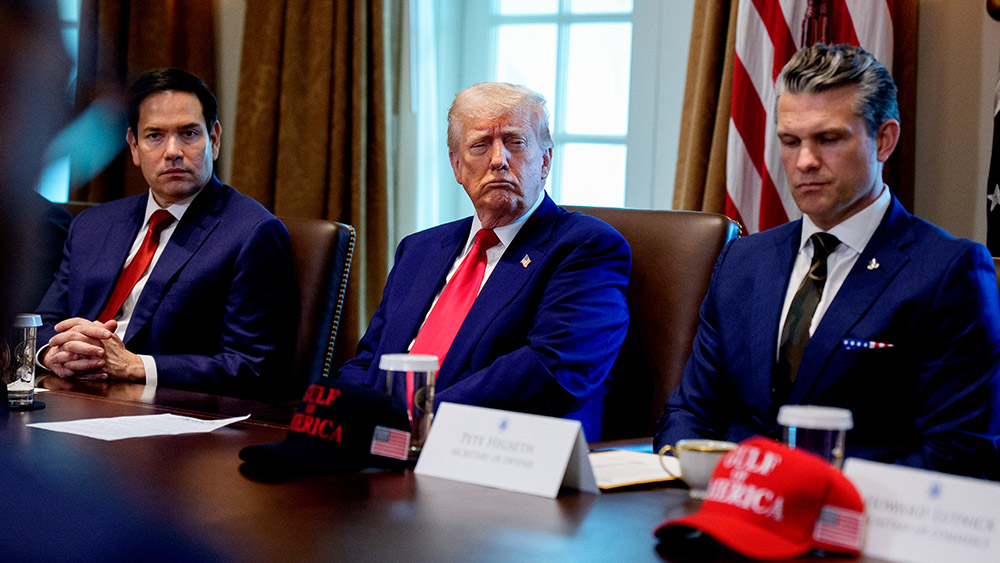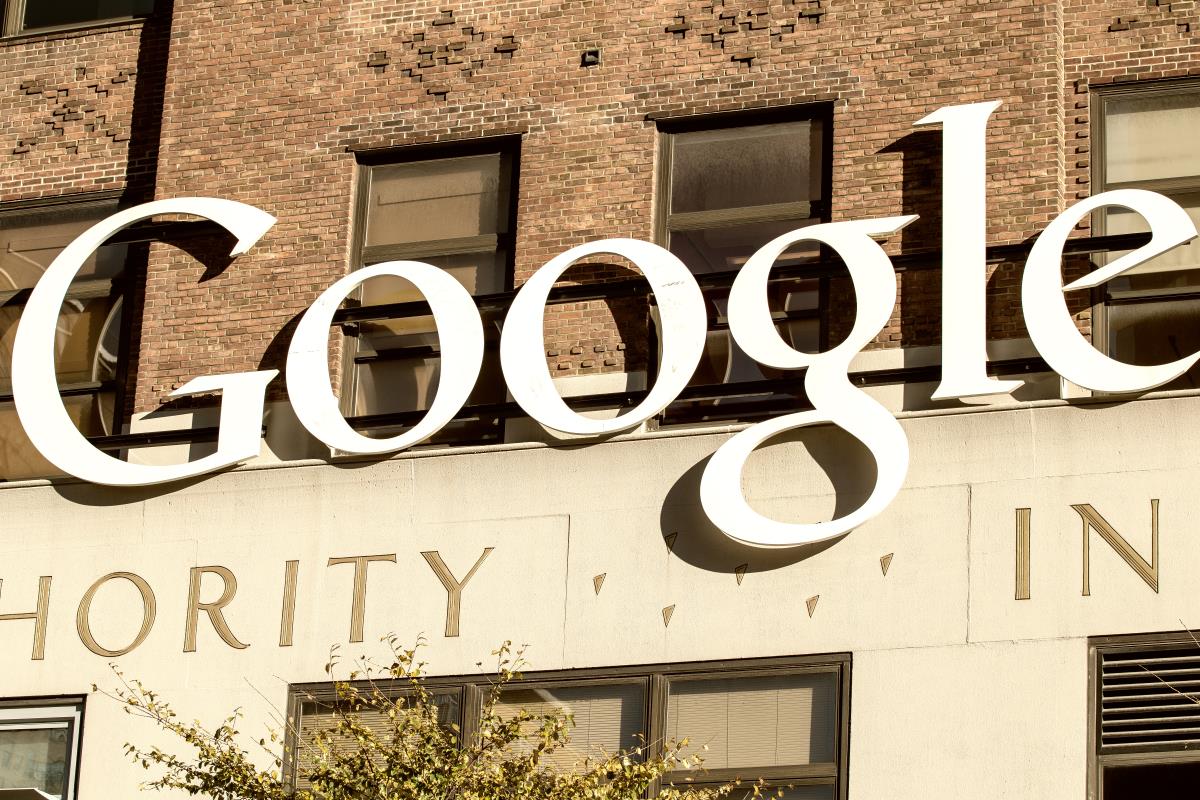
- Trump proposes an 80% tariff on Chinese goods, reversing earlier reports of a cut to 50-54%, escalating trade tensions ahead of critical negotiations.
- Markets briefly plunged before stabilizing as investors reacted to Trump’s surprise announcement, signaling uncertainty over trade war de-escalation.
- U.S. businesses face severe financial strain, with tariffs inflating costs and disrupting supply chains, forcing some companies to consider selling assets.
- White House officials temper expectations, stating negotiations are preliminary and full trade normalization could take years despite ongoing talks.
- The U.S.-UK trade deal (10% tariffs) offers a potential model, but China talks are more complex due to retaliatory tariffs and deep economic friction.
A shifting tariff landscape
Just days after reports indicated the Trump administration was considering slashing tariffs on Chinese imports from 145% to 50-54%, Trump’s latest post upended expectations. "80% Tariff on China seems right!" he wrote, adding that the final decision rests with Bessent. The president also demanded greater market access for U.S. goods, declaring, "CHINA SHOULD OPEN UP ITS MARKET TO USA — WOULD BE SO GOOD FOR THEM!!! CLOSED MARKETS DON’T WORK ANYMORE!!!" The mixed signals reflect the administration’s balancing act: reducing punitive tariffs to ease economic strain while maintaining leverage in negotiations. Earlier this week, Goldman Sachs economists predicted tariffs would drop to around 60%, while industry insiders cited by the New York Post claimed a 50-54% range was under discussion. Trump’s 80% proposal, though still a significant cut, suggests a harder line than anticipated.Markets wobble, businesses brace for impact
S&P 500 futures initially dipped on Trump’s comments before paring losses, highlighting investor uncertainty. The stakes are high: U.S. imports of Chinese goods have already plummeted by 60% due to existing tariffs, according to logistics firm Flexport. Even an 80% rate may not fully revive trade, with economists noting that tariffs must fall below 50% to restore normal business flows. The damage is already visible. China’s April exports to the U.S. dropped 21% year-over-year, while U.S. GDP contracted for the first time since 2022 in a downturn partly blamed on tariff-driven stockpiling. Retailers and manufacturers are caught in the crossfire. Cassie Abel, CEO of outdoor apparel company Wild Rye, told the BBC, "We have a purchase order that's incoming, which is around $700,000 [of goods] that's now costing £1.2m in levies up from £200,000." She said the situation is forcing her to consider selling parts of her business.The long road to resolution
Despite Trump’s post, White House officials downplayed expectations for a swift resolution. National Economic Council Director Kevin Hassett told CNN, "Everything will happen while the talks are happening, not before," emphasizing that negotiations are preliminary. Bessent has framed the meeting as a step toward "de-escalation," not a final deal, warning that full normalization could take years. Analysts agree. "The systemic frictions between the U.S. and China will not be resolved any time soon," said former trade negotiator Stephen Olson. Eswar Prasad, ex-IMF China division head, added that even reduced tariffs would leave "high tariff barriers and various other restrictions" in place.A template for the future?
The recent U.S.-UK trade deal, which lowered tariffs to 10% on key goods, offers a potential model. Commerce Secretary Howard Lutnick called it a "template" for future agreements, but China talks are far more complex. While Trump’s 80% proposal signals flexibility, it remains well above the UK benchmark; China’s retaliatory 125% tariff on U.S. goods complicates the calculus. For now, businesses and markets are left guessing. As Bessent and He Lifeng meet in Switzerland, the world watches to see whether the two economic giants can chart a path toward compromise or if the trade war will intensify. Trump’s 80% tariff suggestion, though a concession, underscores the gulf between the two sides. For American businesses and consumers, the outcome will determine whether relief is on the horizon or if higher costs and shortages will persist. Sources for this article include: ZeroHedge.com NYPost.com CNN.com BBC.comTrump demands 30-day Ukraine ceasefire, threatens sanctions if fighting continues
By Cassie B. // Share
Trump and UK strike historic trade deal, setting stage for global tariff negotiations
By Cassie B. // Share
EU takes Trump to WTO over tariffs, targets U.S. goods with €95 billion countermeasures
By Cassie B. // Share
By Finn Heartley // Share
House Committee advances sweeping energy expansion to unleash U.S. oil and gas production
By Willow Tohi // Share
Trump demands 30-day Ukraine ceasefire, threatens sanctions if fighting continues
By isabelle // Share
DOJ seeks to unravel Google's ad empire in landmark antitrust bid
By willowt // Share
Amazon's "pyramid peak" sparks debate over lost civilization's monumental legacy
By willowt // Share
"Ultraprevention": A six-week journey to lifelong health with Drs. Mark Liponis and Mark Hyman
By bellecarter // Share
Ghee: A healthy and nutritious alternative to butter
By lauraharris // Share










